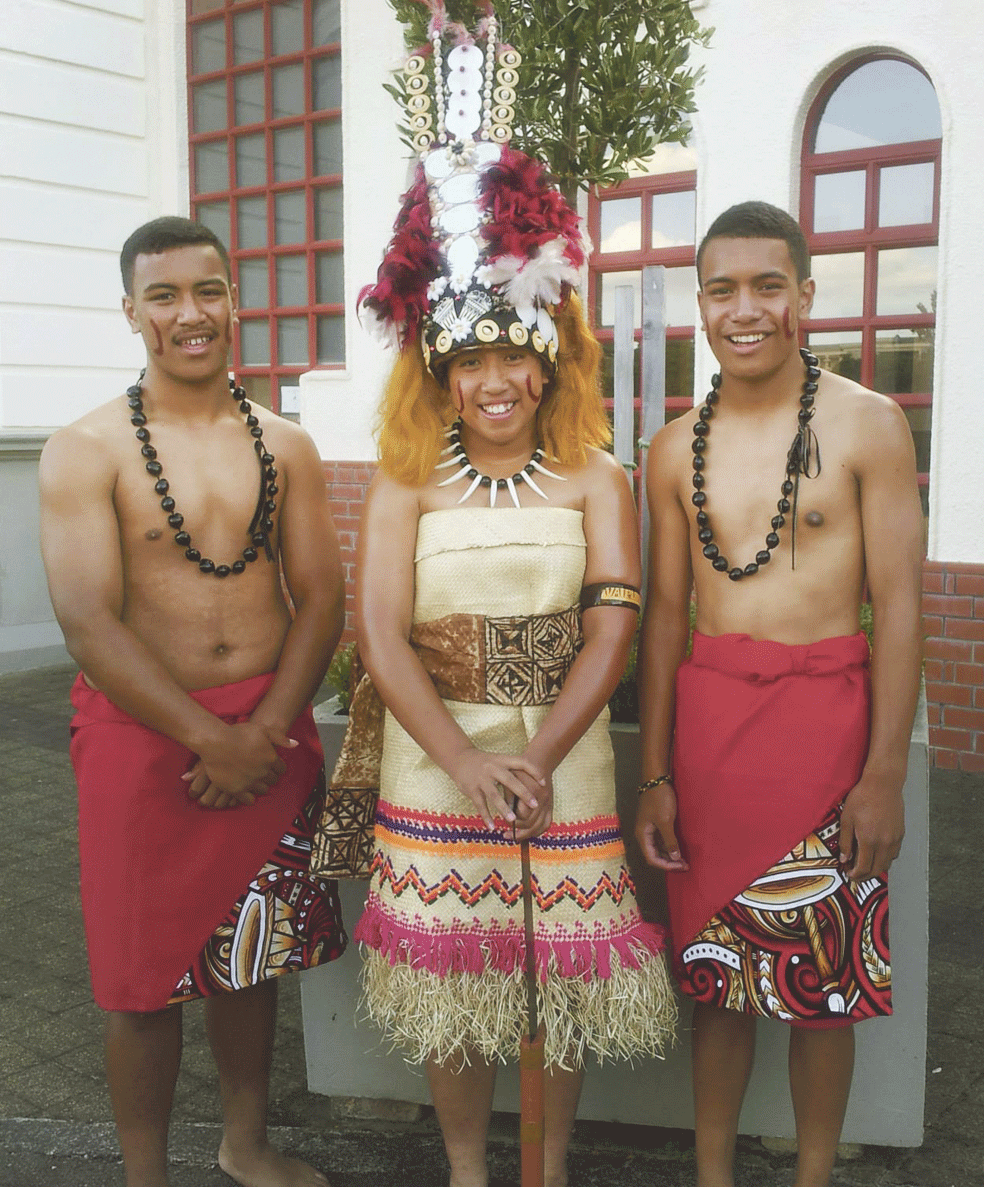 Feature
Feature
April 2014
The inclusion of the taualuga in the celebration of the Eucharist, especially at the presentation of gifts, signifies the willingness of the participants to present what is considered sacred to God.
The taualuga is the Samoan traditional dance performed at special celebrations. It is considered the apex of Samoan performances and the centrepiece of Samoan tradition. This dance is sacred to the Samoan people and should be performed with reverence.
Traditionally, the taualuga is danced by a daughter or son of a high chief. Each village in Samoa is autonomous and led by a council of matai referred to as the ‘village fono’. The daughter of a high chief in a village is known as a taupou when they perform public ceremonial roles; the male equivalent is the manaia. However, in the performance of taualuga, the taupou is the main dancer and the two male dancers are her supporters (aiuli). In certain organisations – church groups or schools – these roles are taken by important individuals in leadership or other significant roles.
The crowning attire of the taupou or manaia is the traditional headdress known as the tuiga.